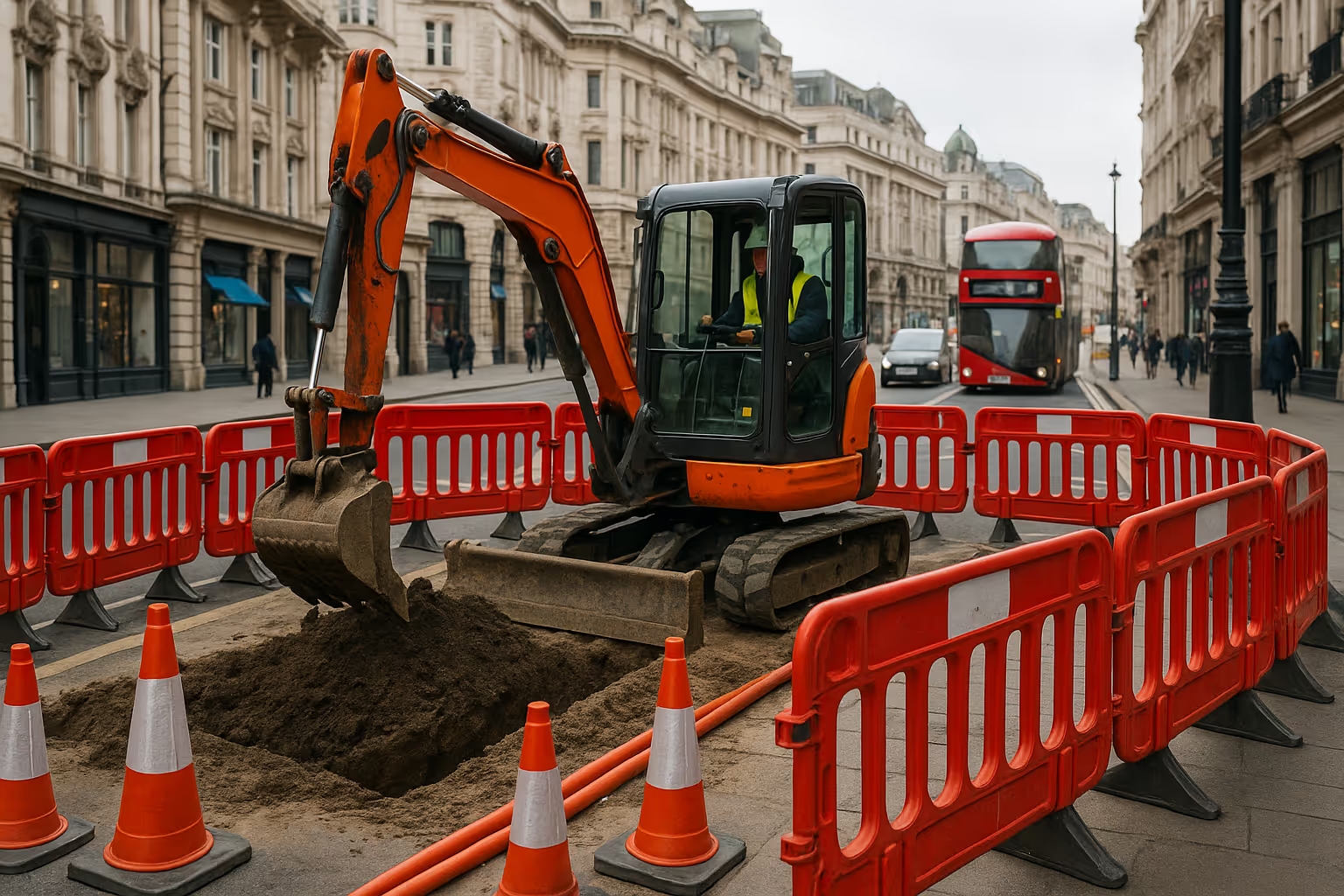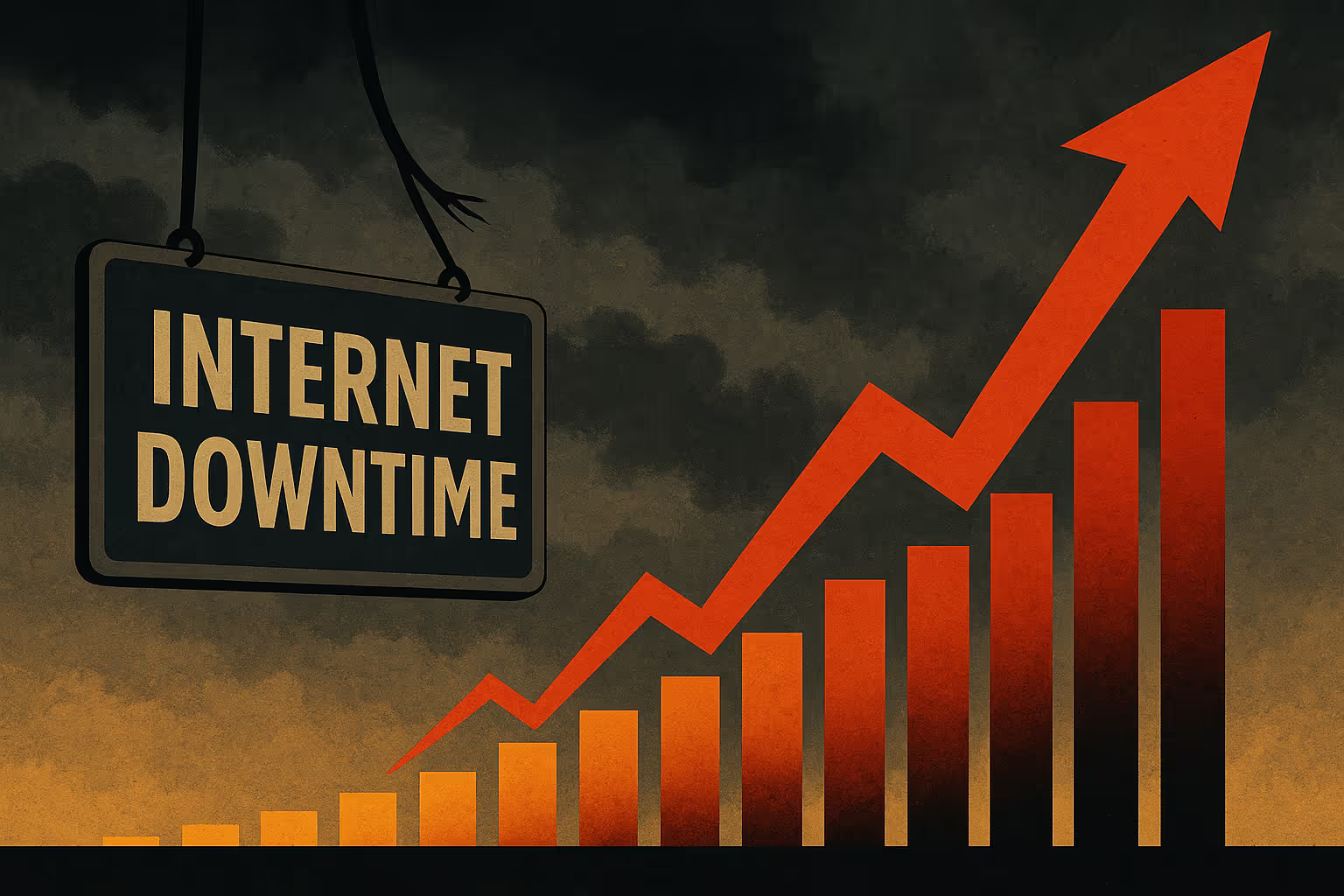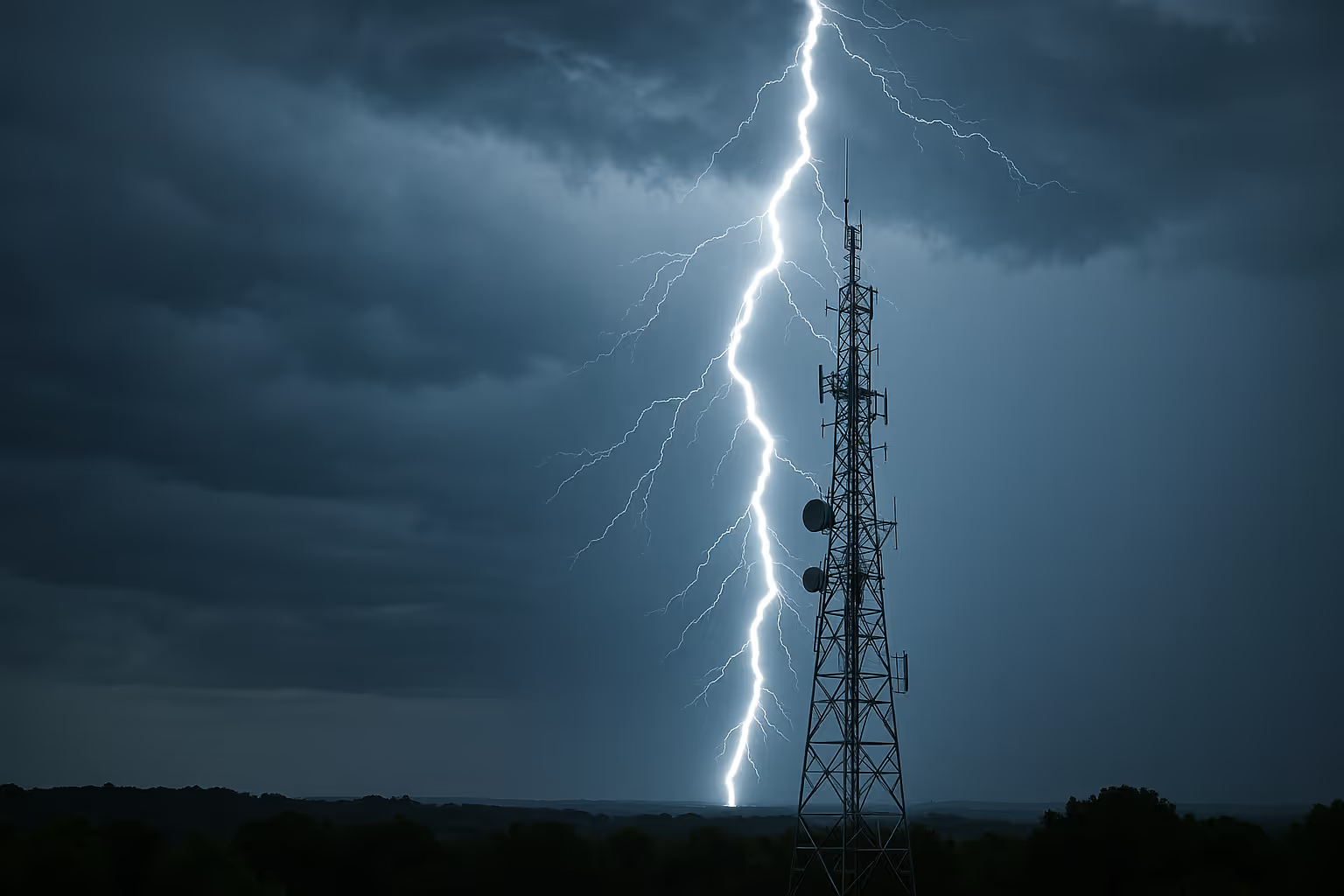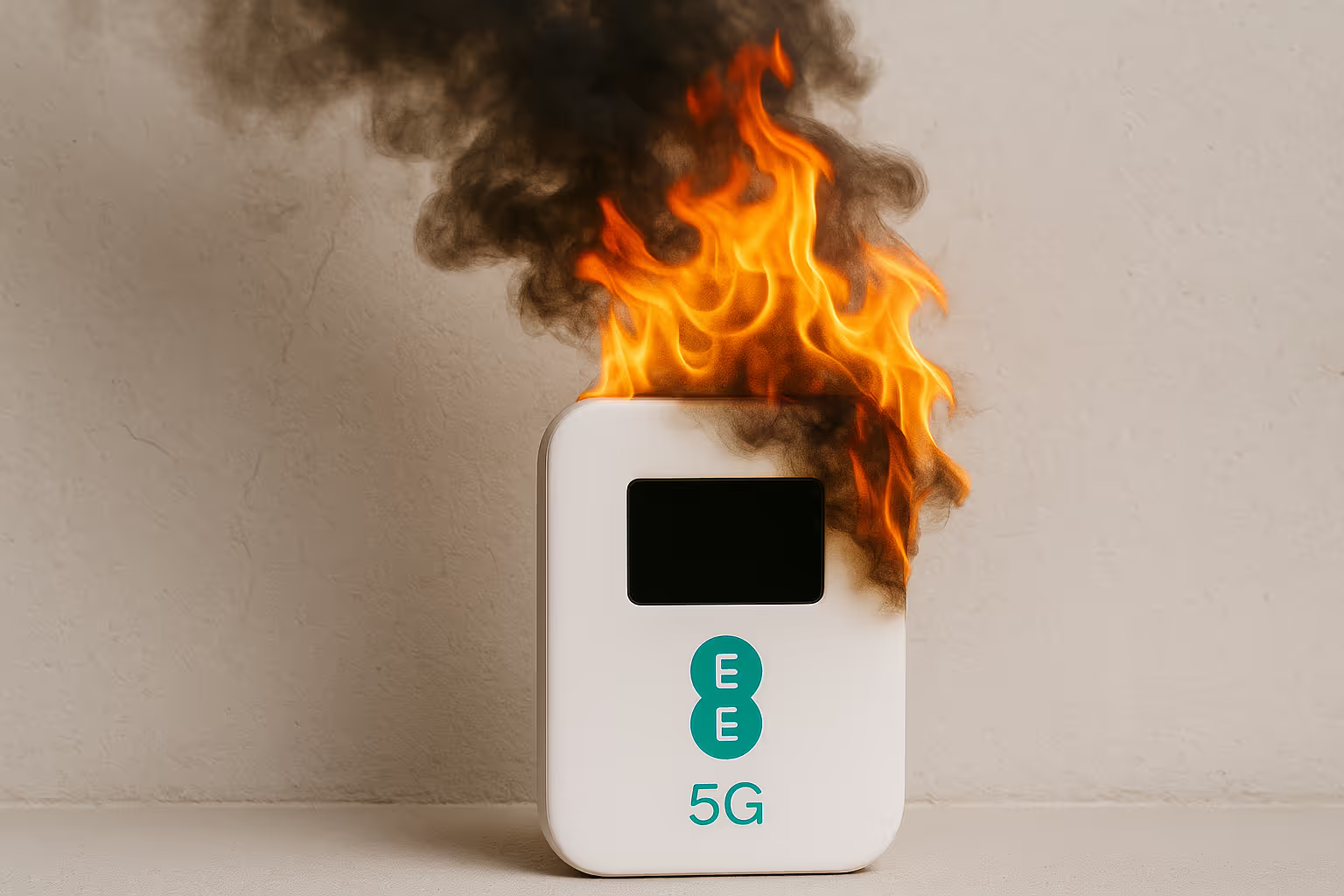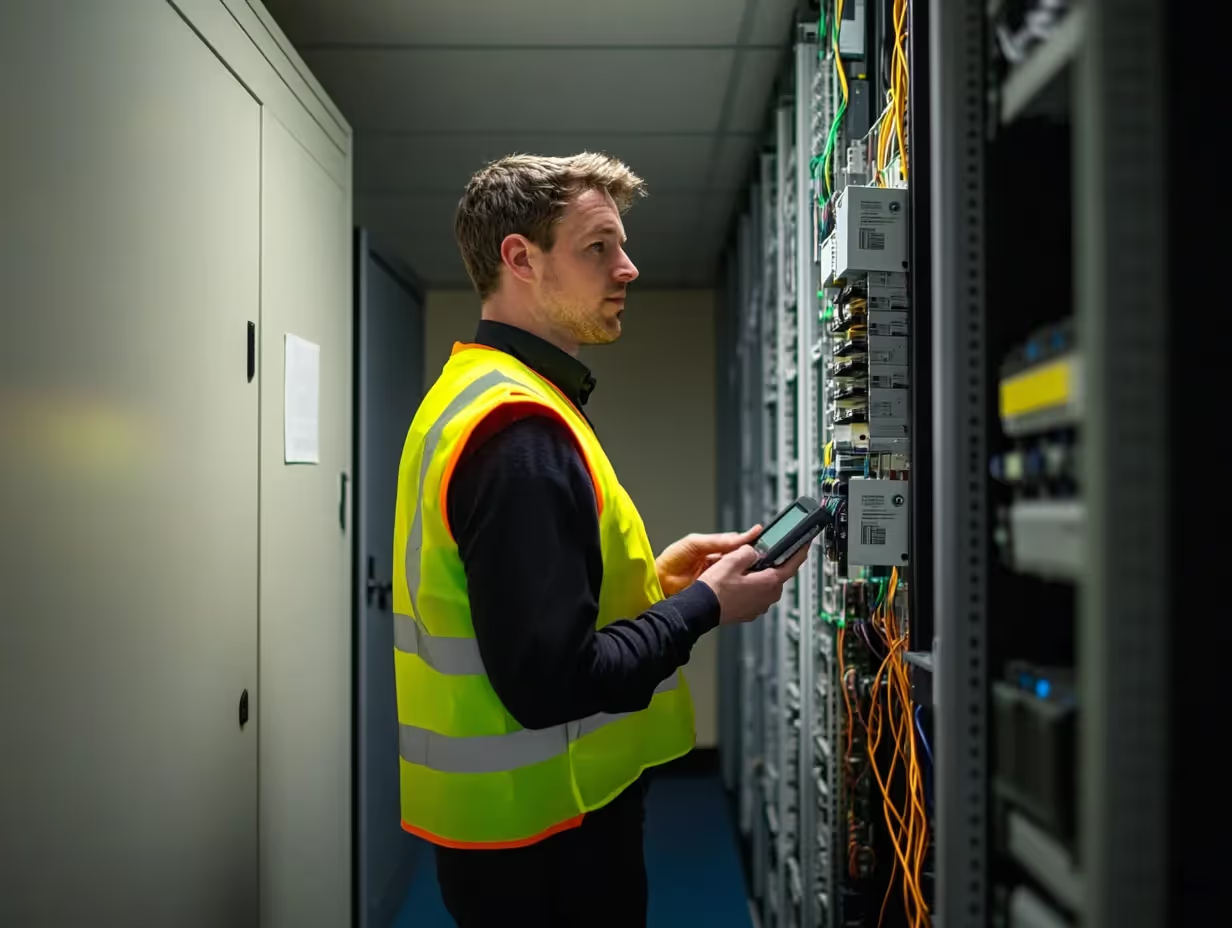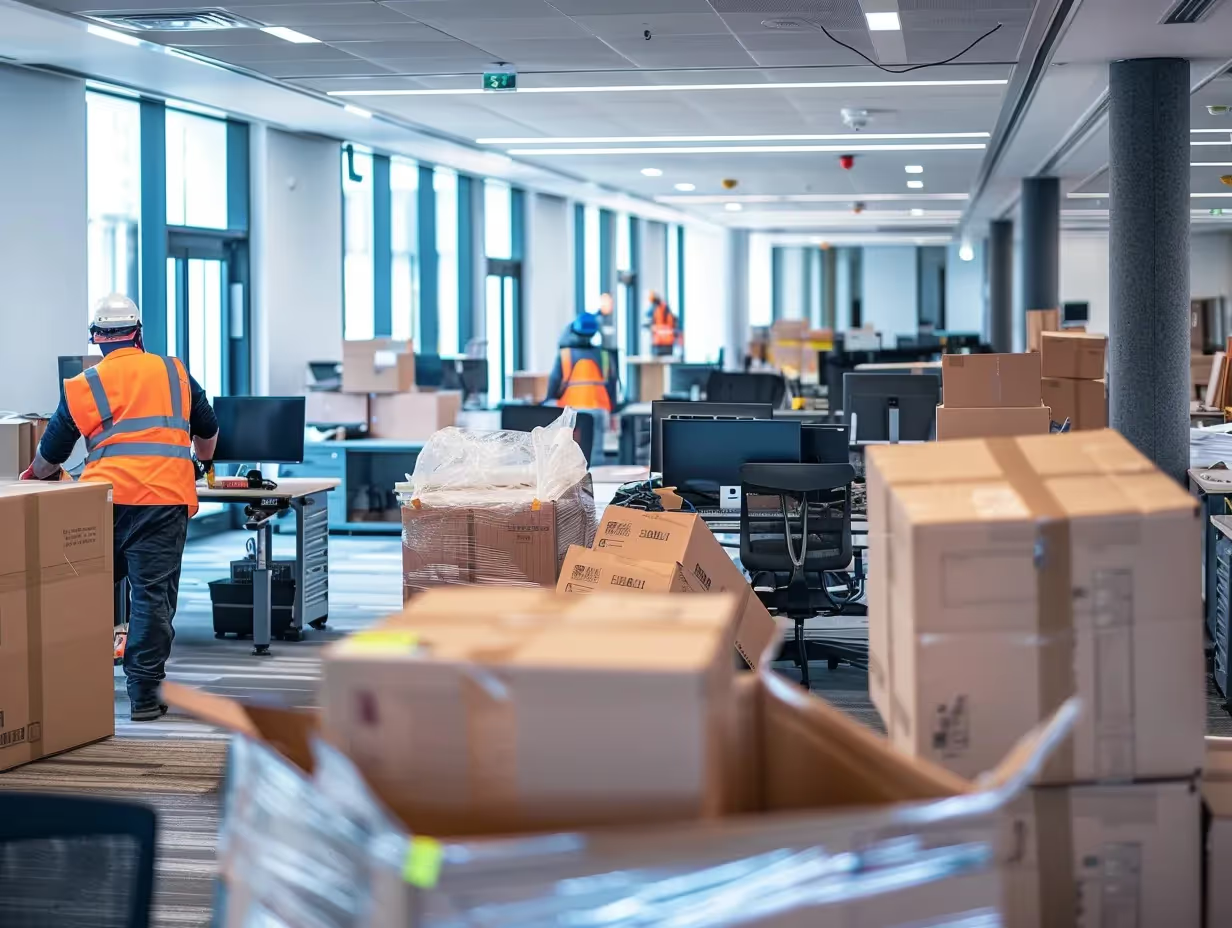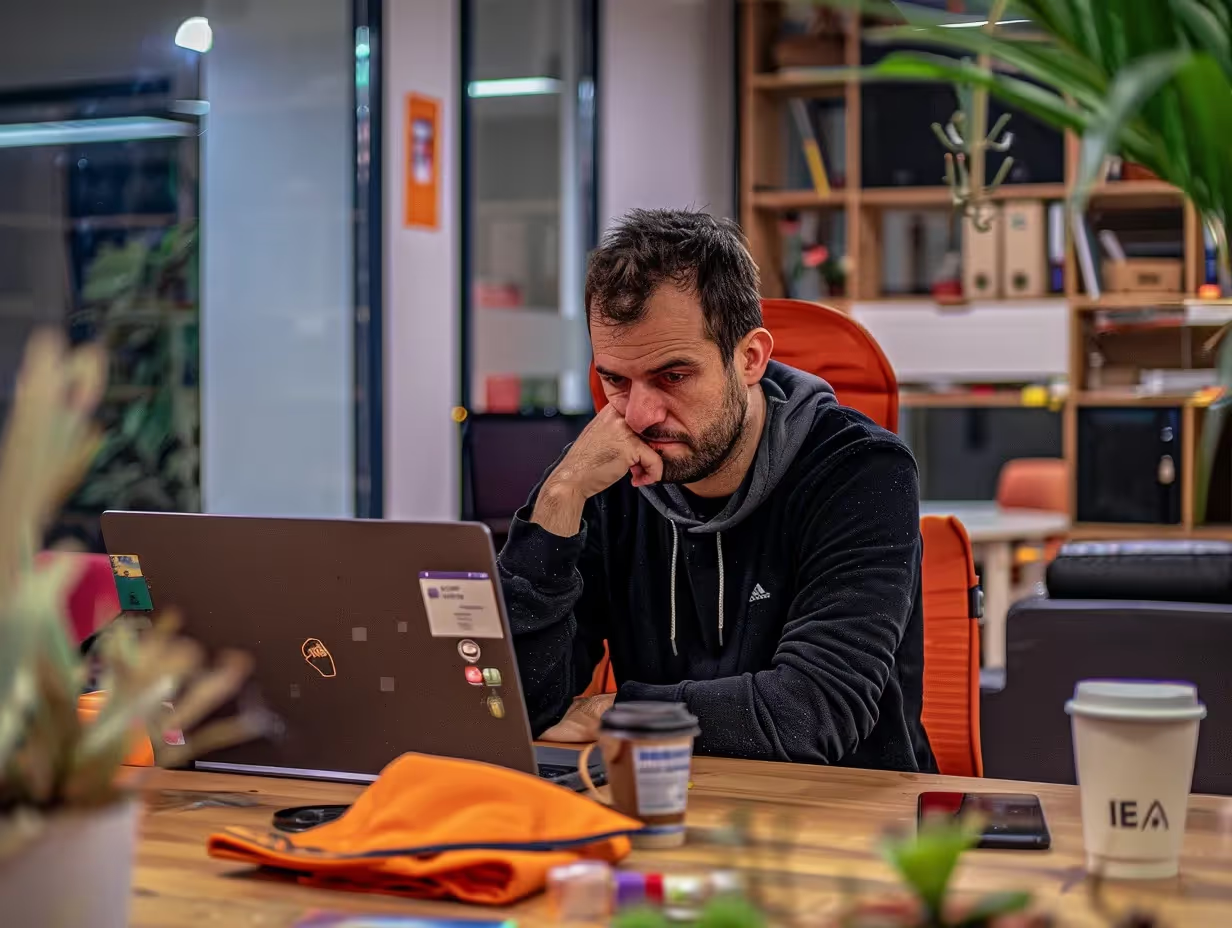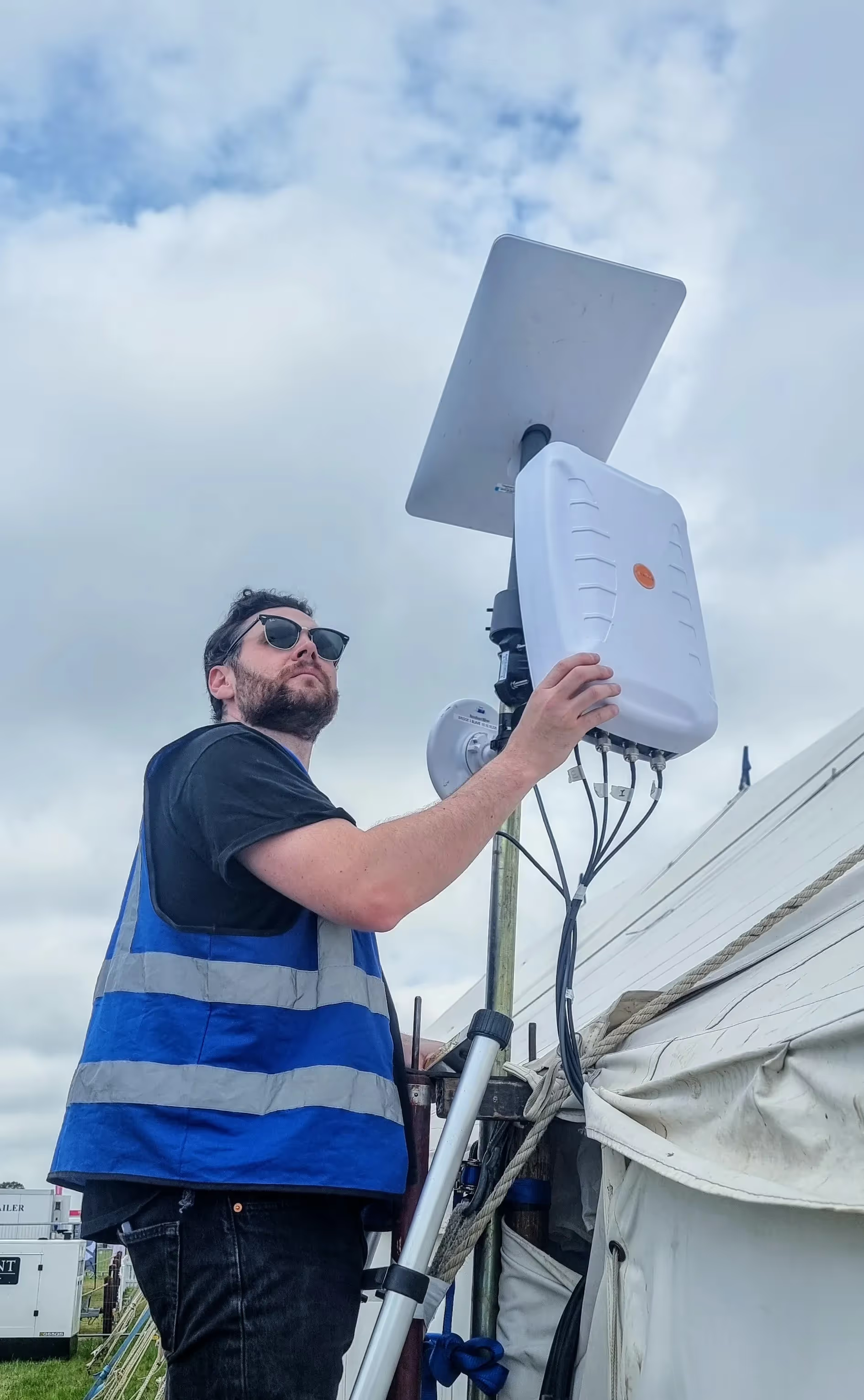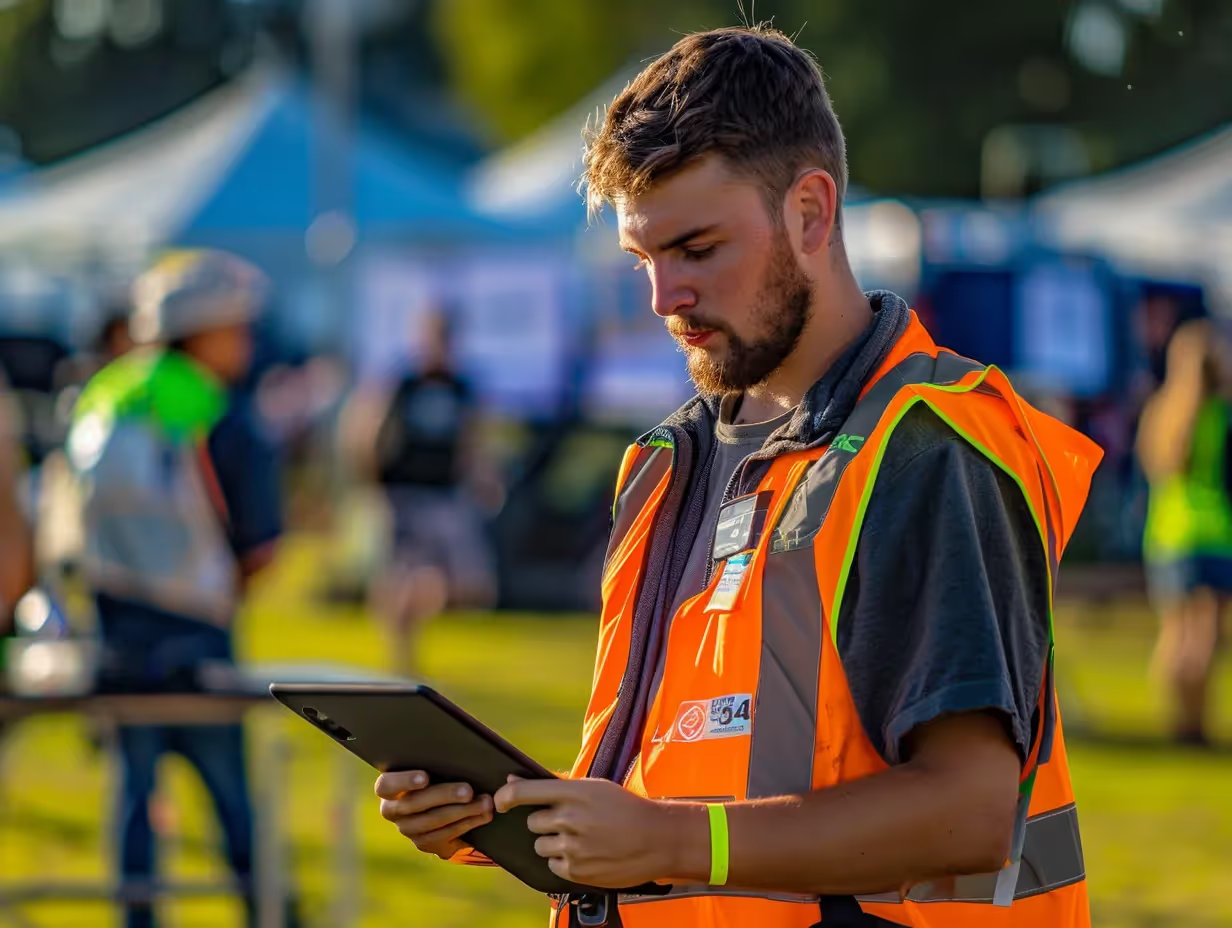Today's Starlink outage was a wake-up call—multi-carrier 5G bonding protects your business when one network fails.
When even Starlink goes down, what’s your Plan B?
On 24 July 2025, Starlink—Elon Musk’s global satellite internet system—went offline for over two hours due to a botched software update. The outage affected tens of thousands worldwide, including the Ukrainian military, which relies heavily on Starlink for battlefield comms. No cyberattack, no hardware fault—just a single bad line of code. That’s how fragile “resilience” can be.
And it begs the question: if your business relies on just one internet provider, what happens when they go dark?
Network diversity isn’t just smart—it’s survival
Multi-carrier 5G bonding takes mobile SIMs from different networks and merges them into one seamless, high-performance internet connection. Why does this matter?
- Failover without downtime: If one carrier glitches, traffic instantly reroutes over the others.
- Better bandwidth: Multiple active connections boost throughput—especially helpful for uploads, streaming, or big file syncs.
- Wider coverage: No single network covers everything—bonding gives you options.
- Resilience to outages, congestion, or throttling: One flaky carrier doesn’t bring your business to a halt.
Think of it like redundancy in aviation—one engine cuts out, the others keep flying.
Why “multiple SIMs” isn’t enough
Some setups throw three SIMs from the same carrier into a router and call it “bonded”. It’s not. That’s just stacking. If that carrier tanks (like Starlink did), you’ve still got nothing.
True bonding means mixing different networks—Vodafone, EE, o2, etc.—so no single point of failure takes you offline.
Use cases that can’t afford downtime
- Emergency deployments: When time’s tight and infrastructure’s missing, you need instant, solid internet.
- Temporary sites: Construction, outdoor venues, pop-ups—anywhere fibre isn’t.
- Remote business hubs: From forests to festivals, if it’s critical, it needs bonding
- Live corporate events and broadcast streaming: Dropped stream = lost audience = wasted budget.
The Starlink lesson: even the giants fall
Starlink’s outage was global. Users from the US to Ukraine saw full blackouts. In military contexts, it disrupted drone feeds and encrypted comms. For businesses? Imagine you’re hosting a major client webcast, and bang—off the air.
This wasn’t some obscure satellite issue—this was a reminder that no provider is infallible.
How to build a fail-safe connection
- Use routers with proper bonding support—not just load balancing, but true packet-level bonding.
- Mix networks—not just multiple SIMs, but multiple carriers.
- Monitor and test regularly—simulate outages, check real failover behaviour.
- Work with a specialist provider who knows how to design for redundancy (yes, that’s us).
Single carrier, single point of failure!
Starlink’s global blackout made headlines because it was unexpected. But outages happen. BT, Vodafone, Virgin—all have had rough days. If your business is online-dependent, don’t play roulette with uptime.
Multi-carrier bonding isn’t a luxury. It’s the new baseline.
Need help getting your connectivity bulletproof? We’re happy to talk.




